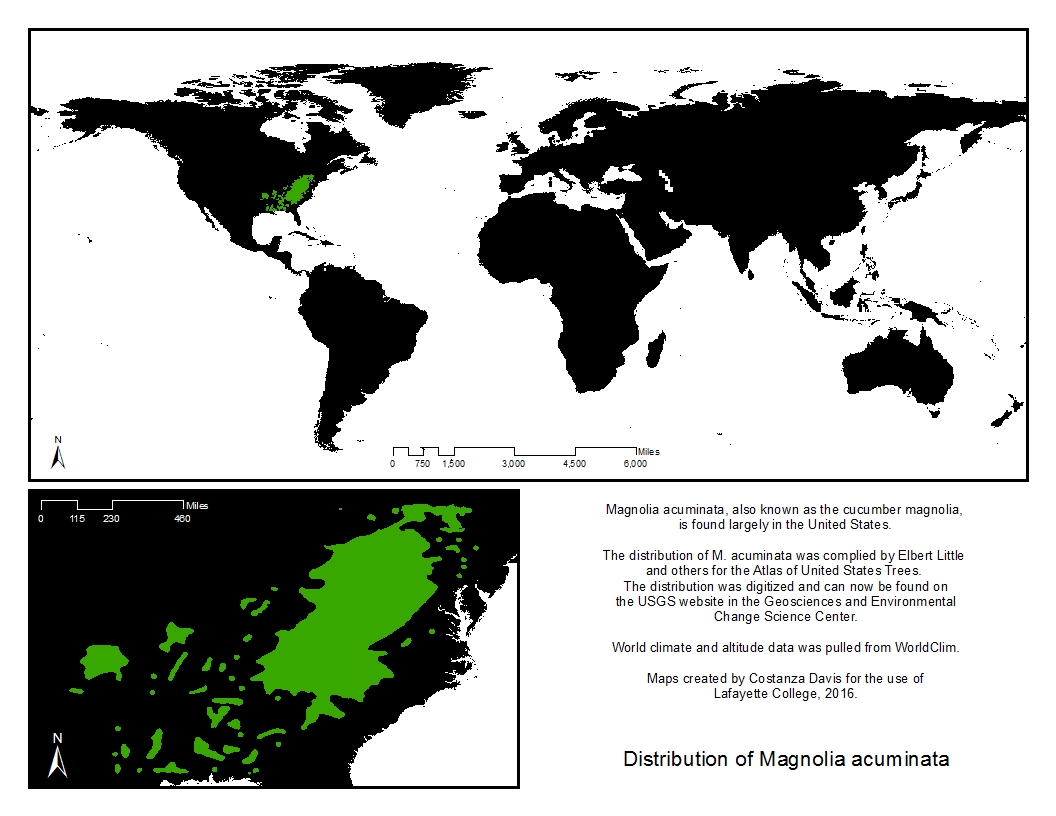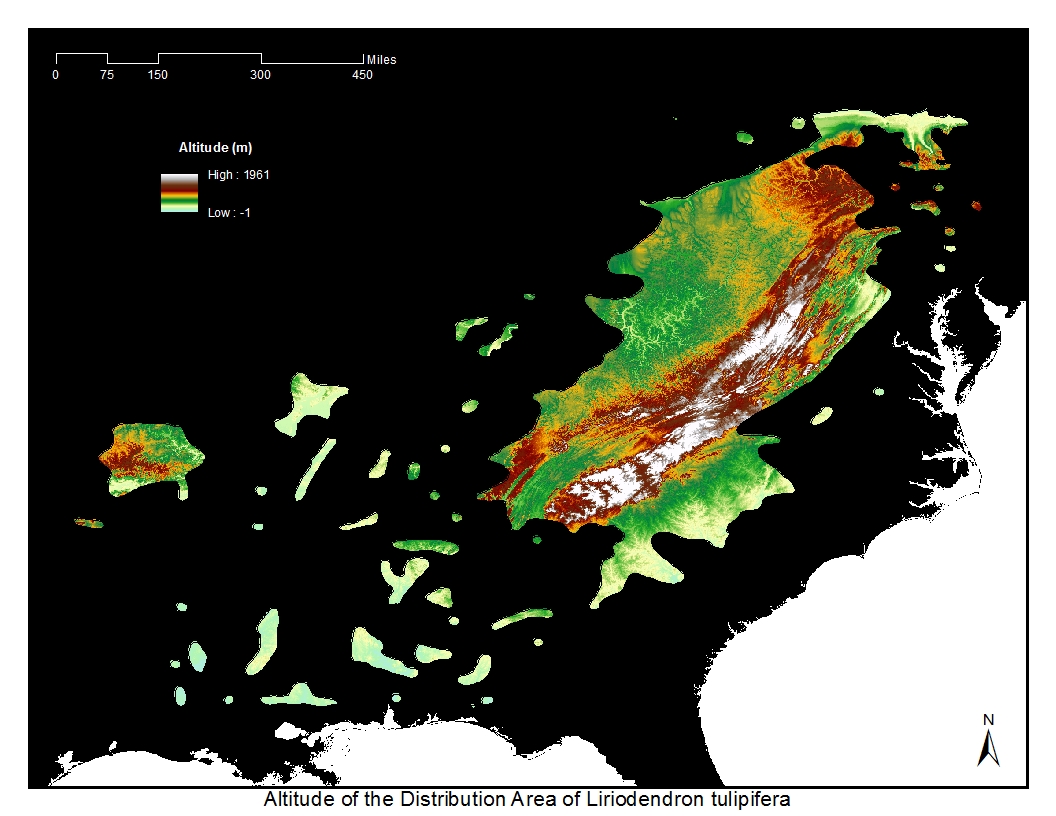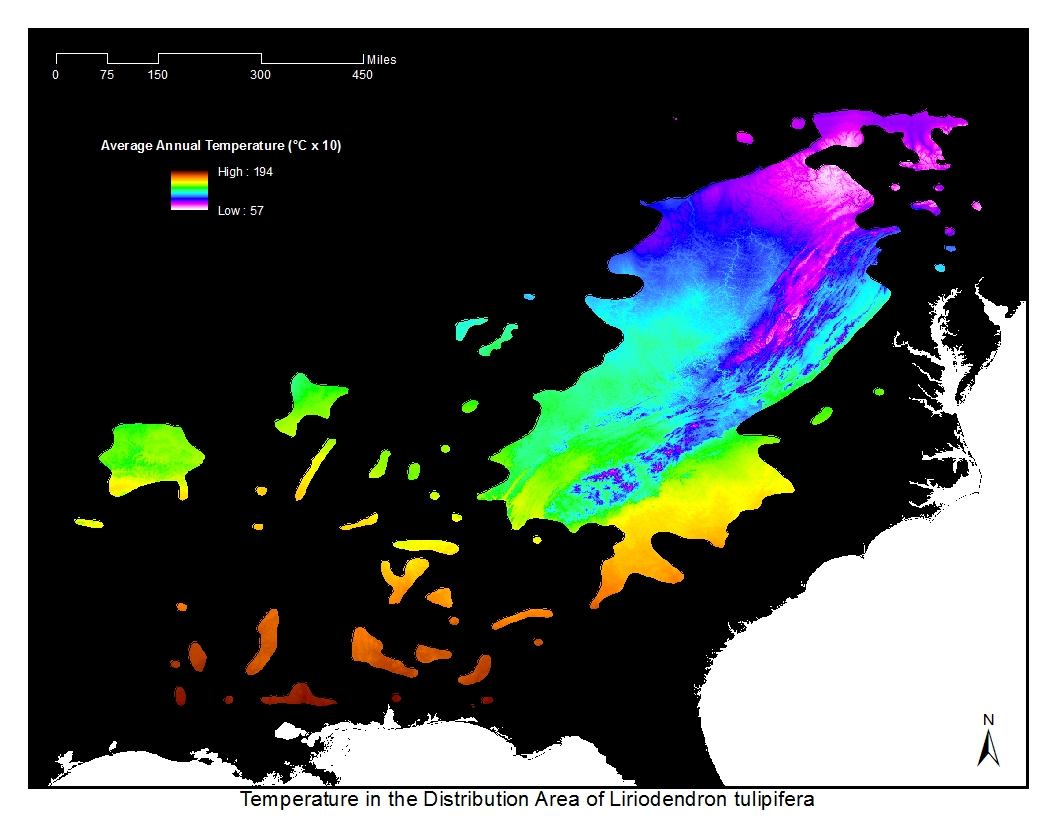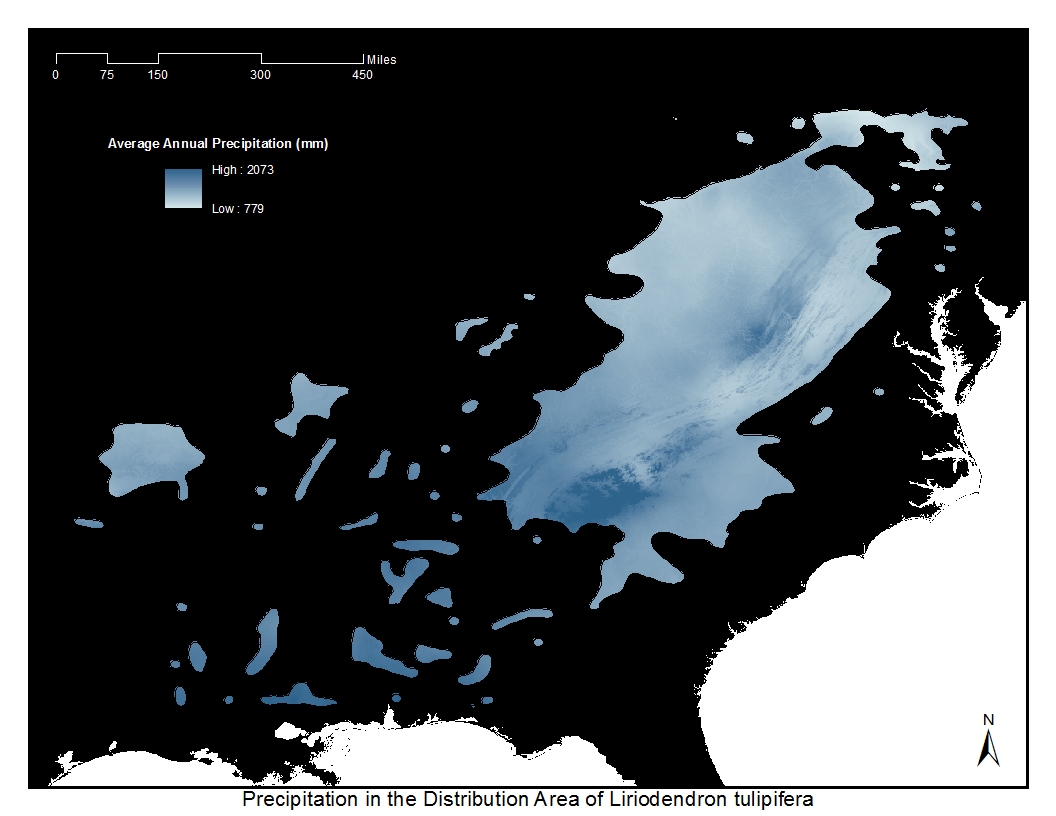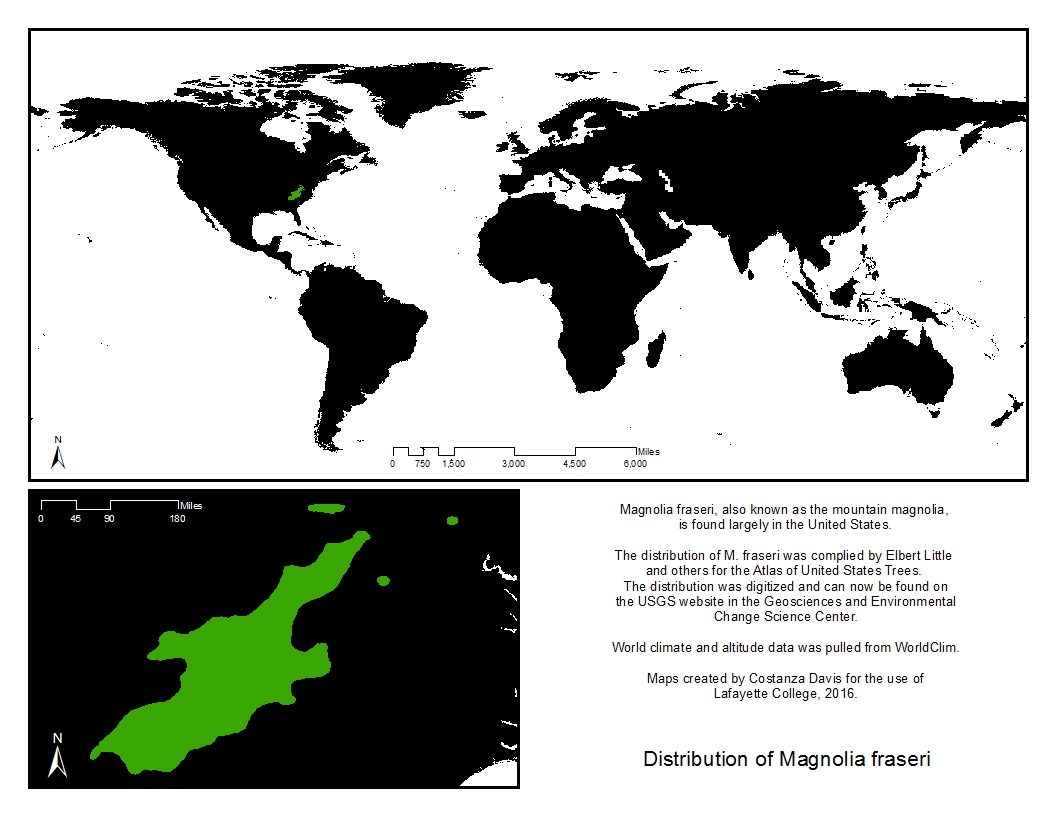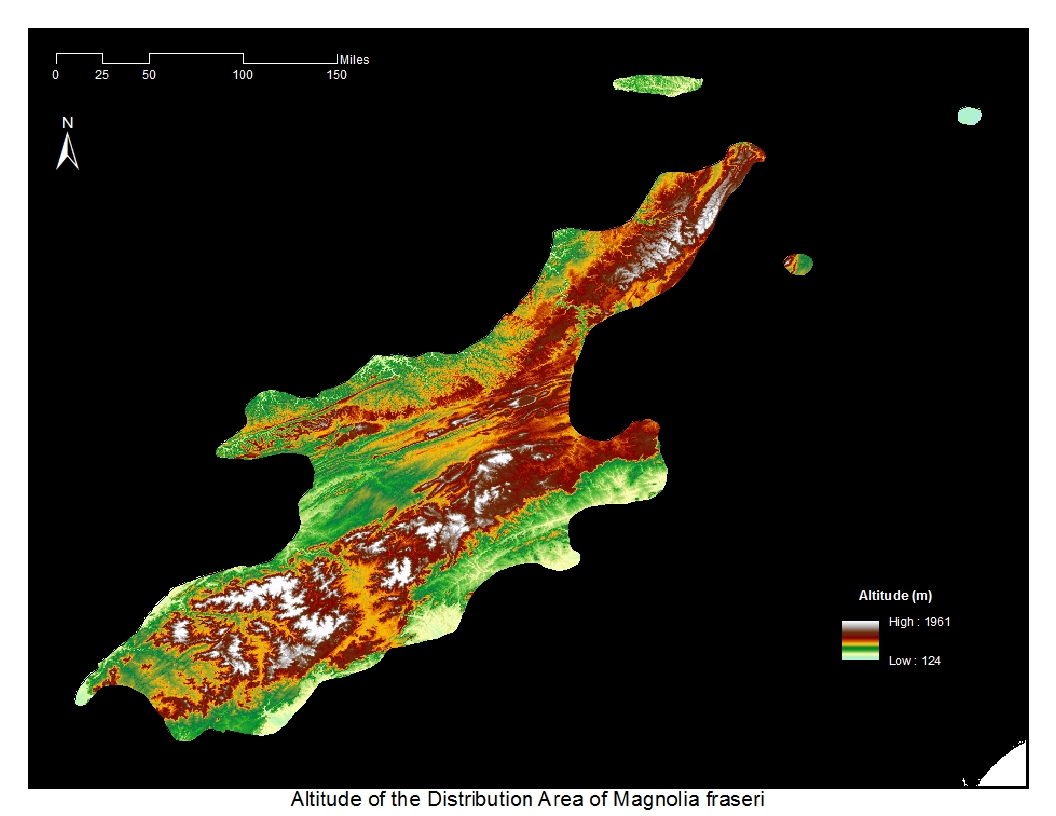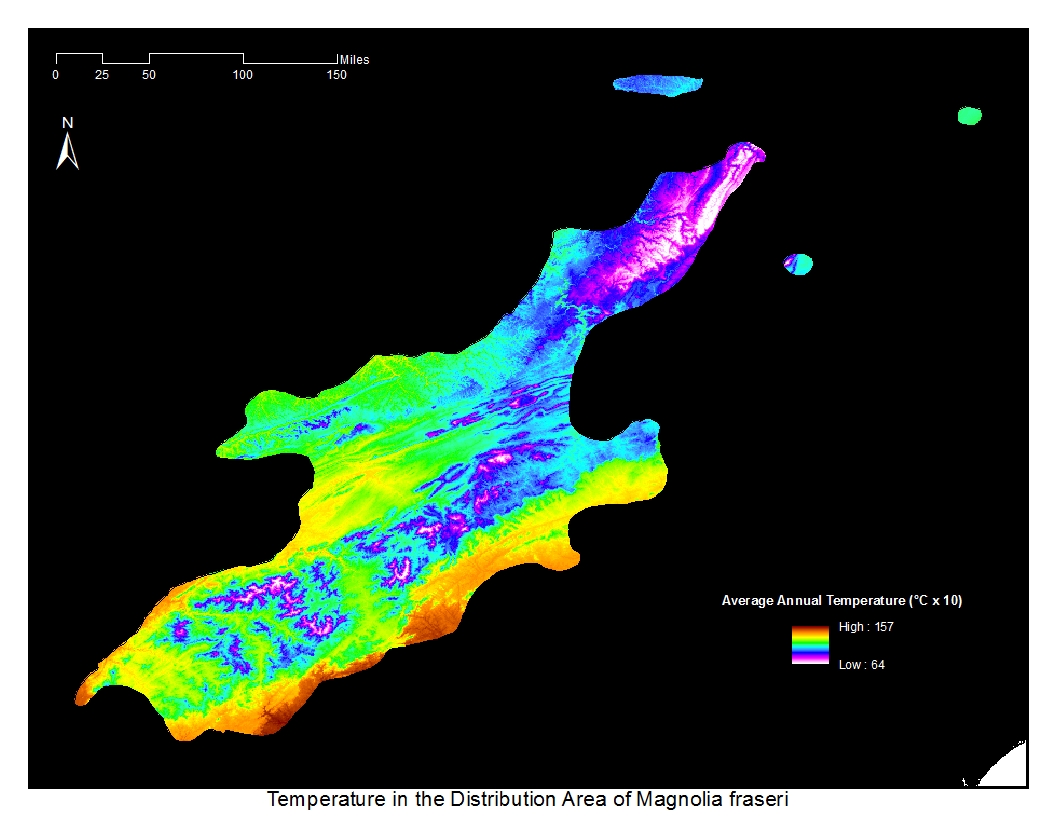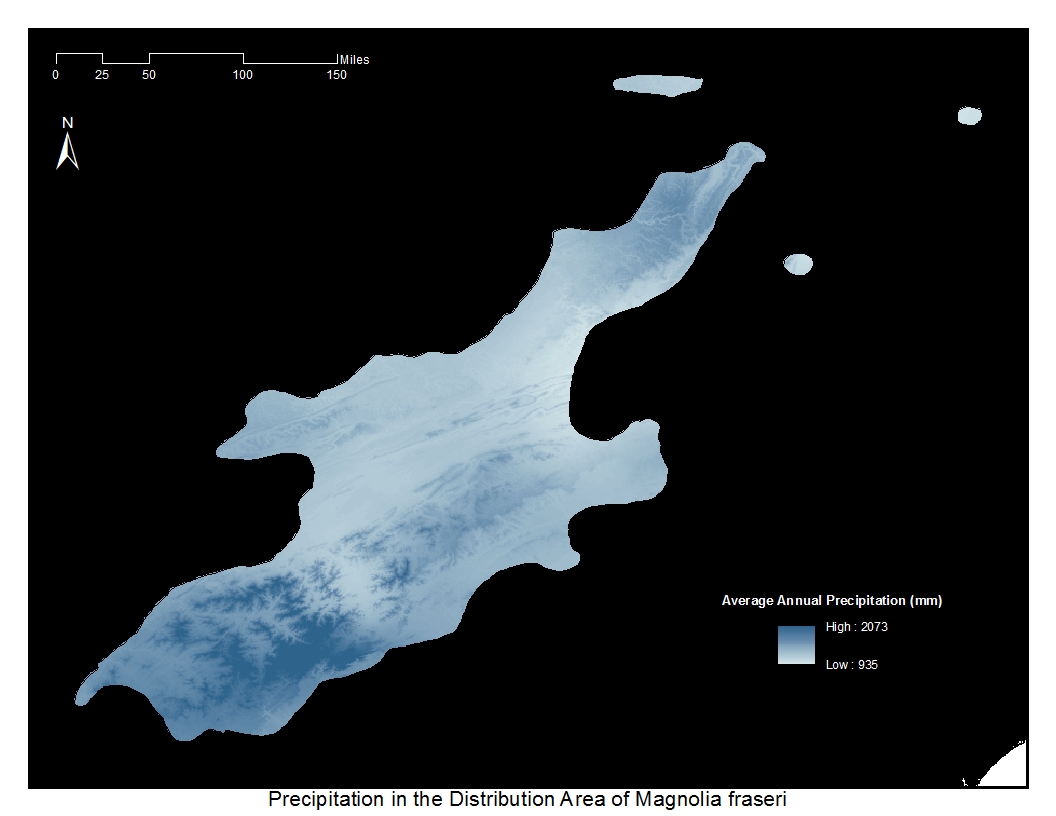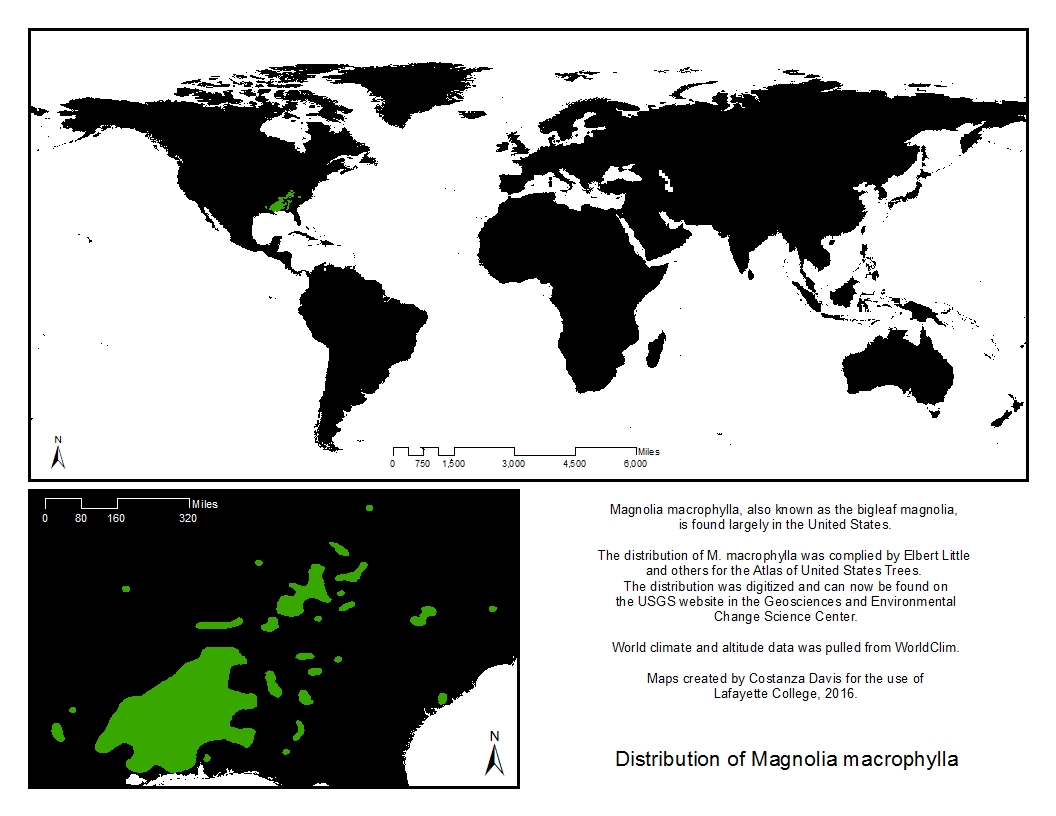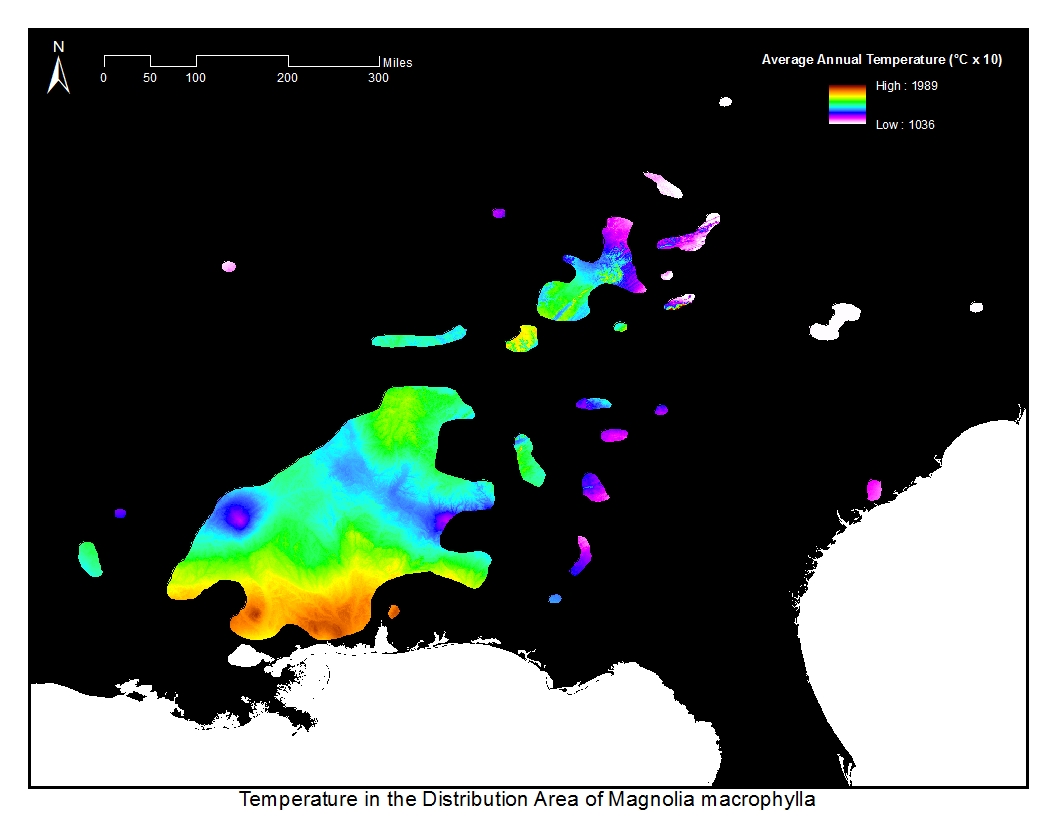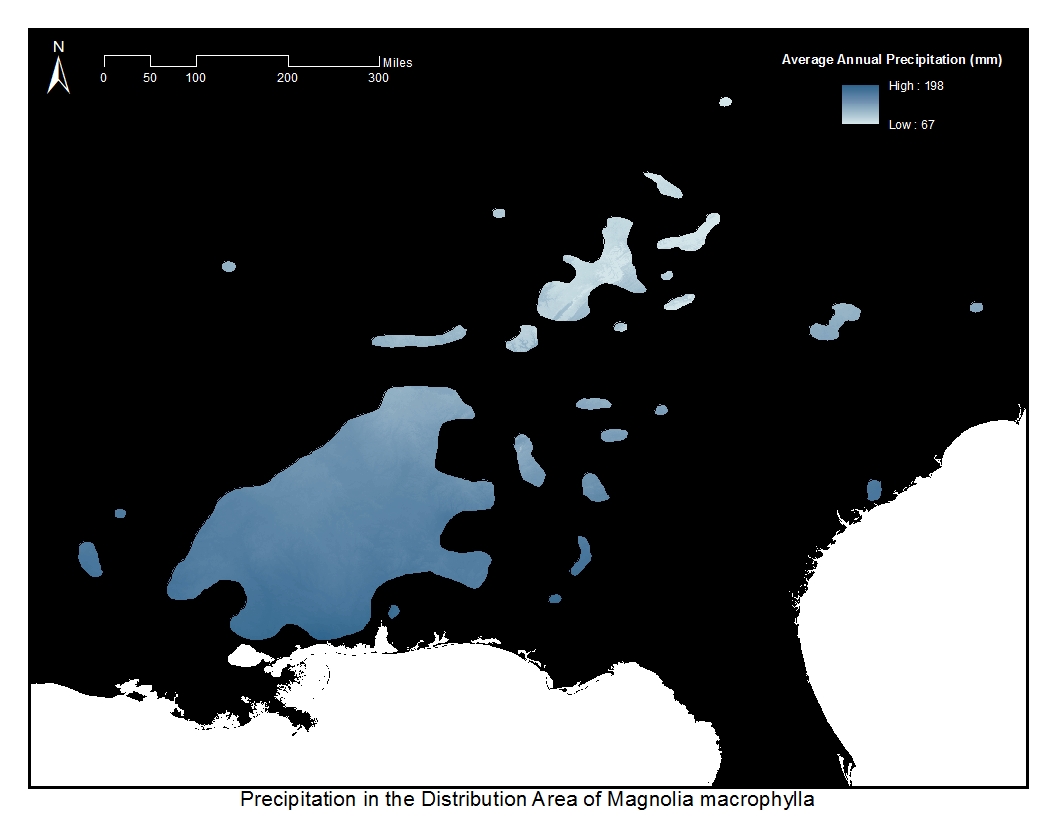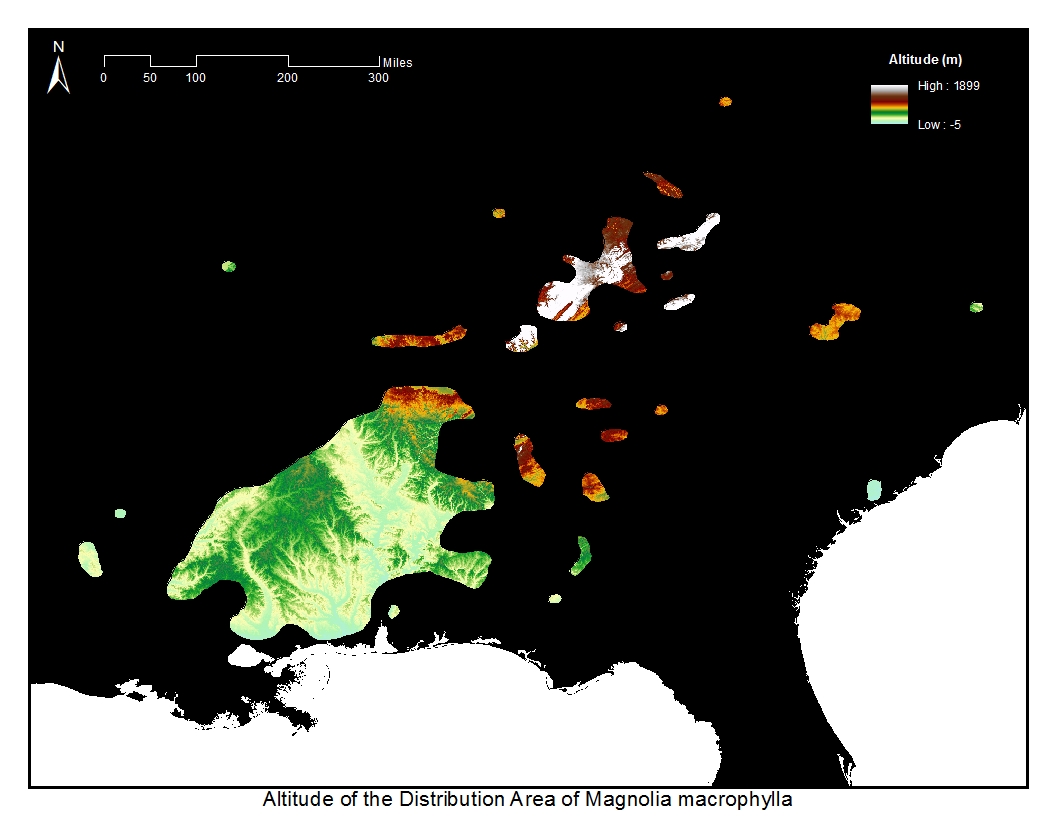Cucumber magnolia, Magnolia acuminata, is also known as cucumbertree, yellow cucumbertree, yellow-flower magnolia, and mountain magnolia. Cucumber magnolias were thus named due to the cucumber-like fruit, which ripens in late August to September.
Of the magnolia trees native to the United States, cucumber magnolias are the most widespread and hardiest. They are the only magnolia native to Canada. Even though these trees are widespread, they are not abundant over their distribution area.
The biggest cucumber magnolias are found in the mixed hardwood forests of the southern Appalachian Mountains. Cucumber magnolias prefers cool, moist soils in mountainous terrain, with humid to subhumid climates. Growing seasons last between 110 and 260 days, with 150 to 230 frost-free days. Cucumber magnolias can survive brief extremes in temperature.
Cucumber magnolia flowers can be found from early April to early June, after the leaves begin development. At night, the flowers close, but still only last 2 to 4 days. Self-pollination is rare, as even though the tree produces both male and female parts, pollen is not ripe until after the individual tree’s female part is not receptive. Most pollination is then carried out by insects. Each “cucumber” fruit makes 10 to 60 seeds, with good crops appearing every 4 to 5 years.
The short period of pollen shedding and receptivity as well as the delicate nature of the flower may adversely affect the reproduction of cucumber magnolias. Additionally, the seeds are especially sensitive to temperature and moisture, to an extent that may outrival any other tree seed.
Cucumber magnolia can reach a height of 100 feet with a trunk diameter of 36 to 48 inches. Cucumber magnolias are considered mature by 100 years and rarely survives beyond 150 years. That means rapid growth.
While there are no diseases that particularly affect the cucumber magnolia, it is sensitive to fires and frost. It does have an intermediate shade tolerance.

